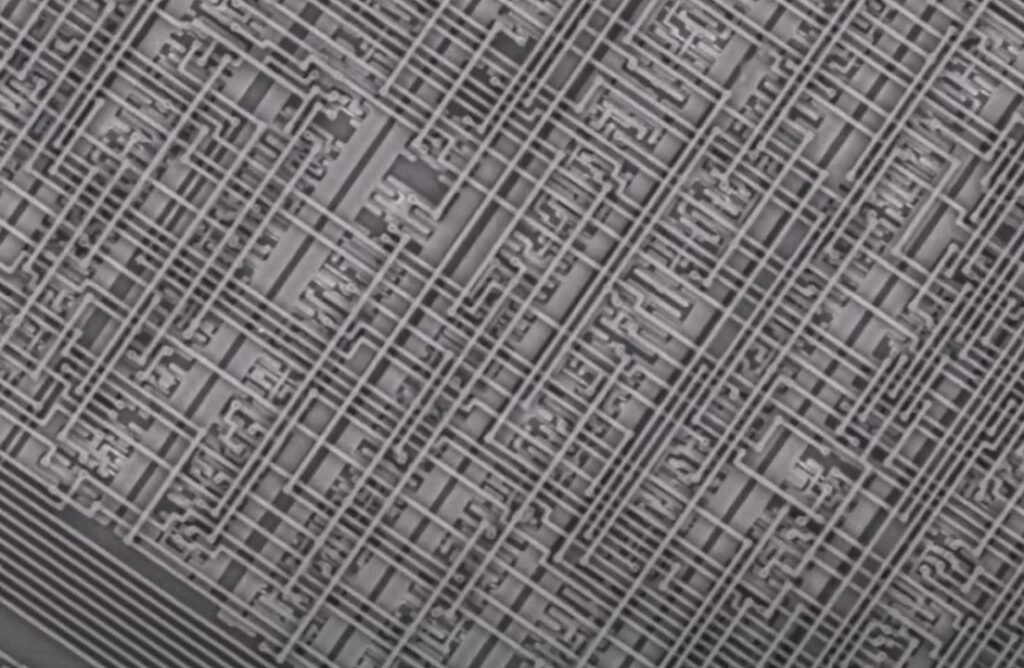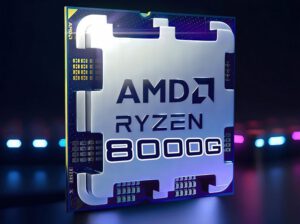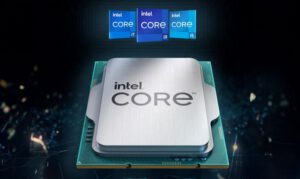Intel Promises a 70-Fold Increase in the Number of Transistors in Chips
According to Intel CEO Pat Gelsinger, the company aims to “pack” 1 trillion transistors into a processor—about 70 times more than in its existing proprietary solutions. He explained how such progress is possible, its relation to Moore’s Law, and when the chipmaker intends to implement this ambitious plan.
Transistors are the basic logic elements of a processor. The performance of a chip depends on their number, similar to how the analytical capabilities of a brain depend on the number of cells. Each new generation of chips is usually equipped with an increasing number of transistors.

According to the original interpretation of Moore’s Law, their number doubles every 24 months. Gelsinger stated that Moore’s Law is still “alive and well,” but the industry now doubles the number of transistors every three years, not annually.
“I think we’ve been declaring the ‘death’ of Moore’s Law for about three to four decades… Now it’s much, much more complicated, so we’re probably doubling efficiency closer to every three years, so we’re definitely observing a slowdown,” said the Intel CEO during a presentation at the Massachusetts Institute of Technology.
Intel also stated that “Intel Sets to Surpass Rivals with Advanced 18A Process: Aiming for Early Dominance over TSMC’s 2nm Technology“
In addition, Gelsinger noted that Intel could create a chip with 1 trillion transistors by 2030. This is part of a concept called “Moore’s Law 2.0,” which includes several solutions for increasing the number of transistors:
- PowerVIA scheme for power delivery (where lines are located on the backside of the chip).
- Use of the RibbonFET process technology.
- Next-generation technological nodes that will make transistors smaller.
- 2.5D and 3D packaging of transistors to increase their density (stacking one over the other).
In conclusion, the head of Intel mentioned that the development of the semiconductor industry is influenced not only by business processes but also by economic nuances. For example, about eight years ago, a modern semiconductor factory would have cost $10 billion, but now its price is already about $20 billion.
Intel’s ambitious goal to drastically increase the number of transistors in their chips signifies a significant leap in semiconductor technology. Transistors, being the fundamental building blocks of digital circuits, directly influence the computational power and energy efficiency of processors. A 70-fold increase would potentially revolutionize the capabilities of processors, leading to more powerful, efficient, and compact devices.
The concept of Moore’s Law 2.0 reflects the ongoing evolution of semiconductor technology, moving beyond traditional scaling. Technologies like PowerVIA and RibbonFET represent innovative approaches to overcome physical limitations in transistor miniaturization. Additionally, 2.5D and 3D transistor stacking techniques are crucial in this endeavor, allowing for greater transistor density without increasing the chip’s footprint.
Such advancements in chip technology are not only critical for the computing industry but also have wider implications. They can lead to significant improvements in artificial intelligence, data processing, and various high-tech sectors. Moreover, the investment and economic considerations mentioned by Gelsinger highlight the increasing complexity and cost of semiconductor manufacturing, underscoring the need for continued innovation and investment in this field.



